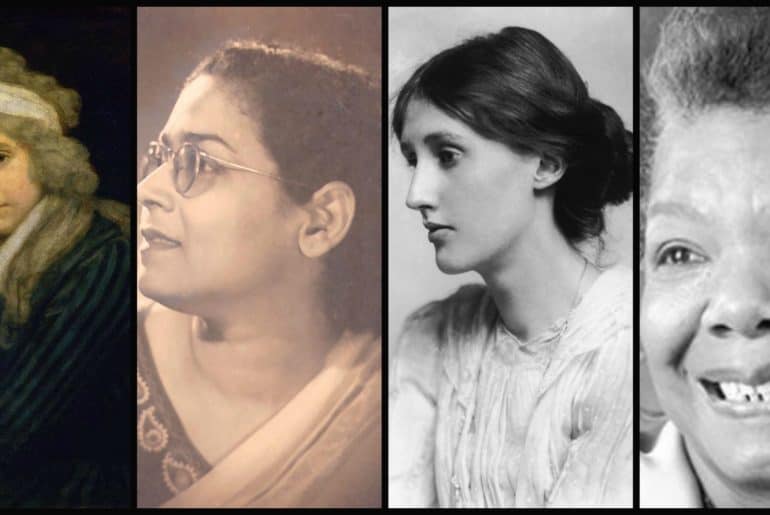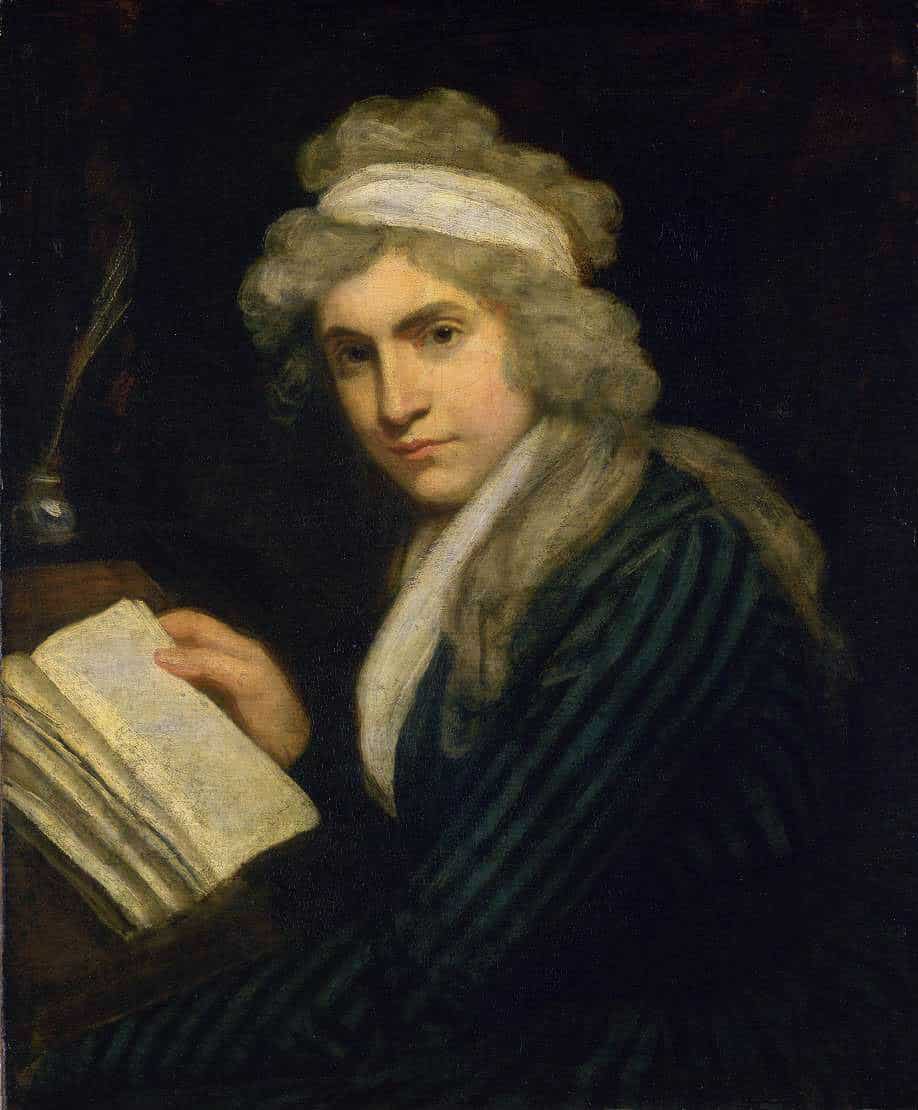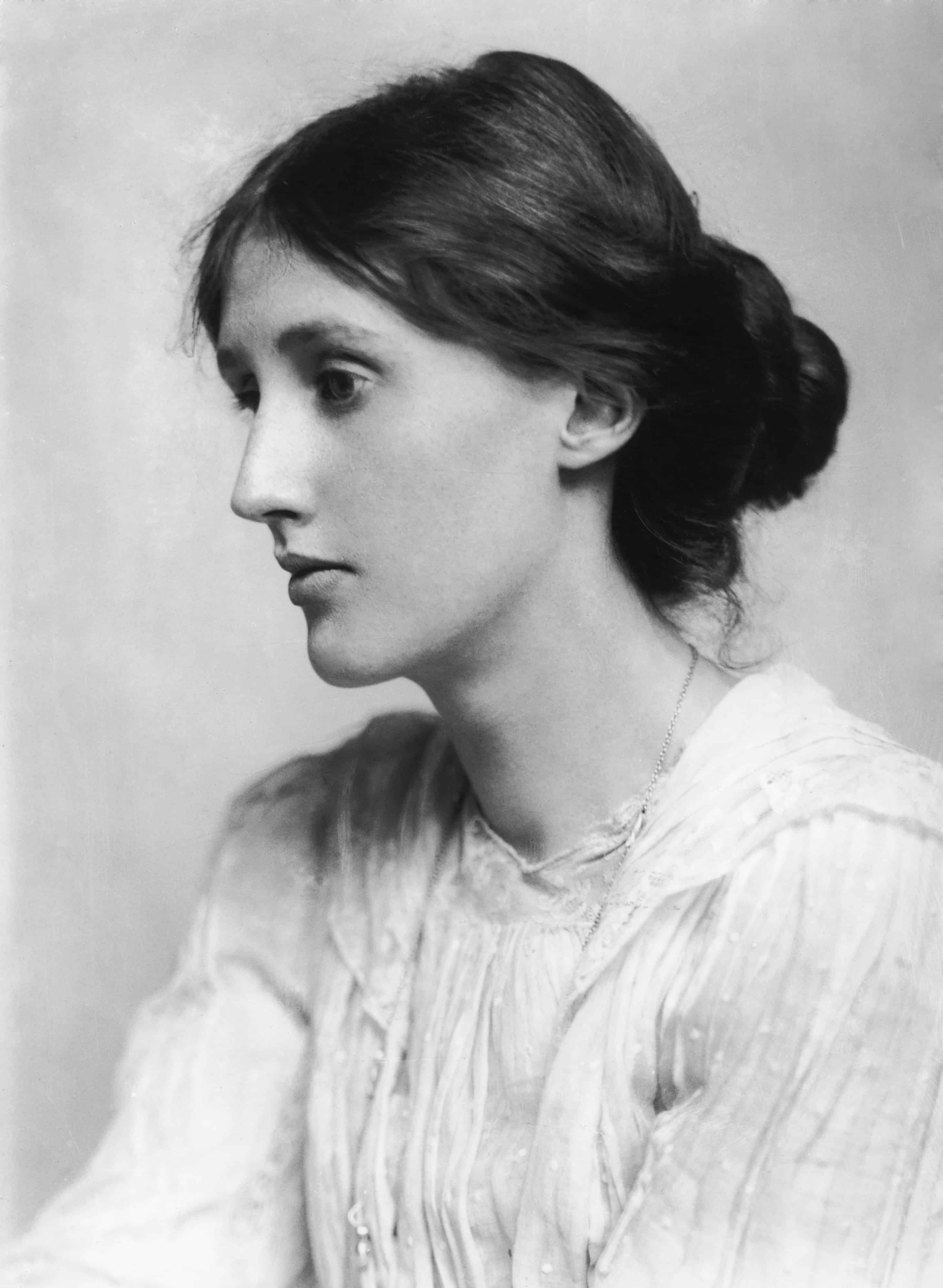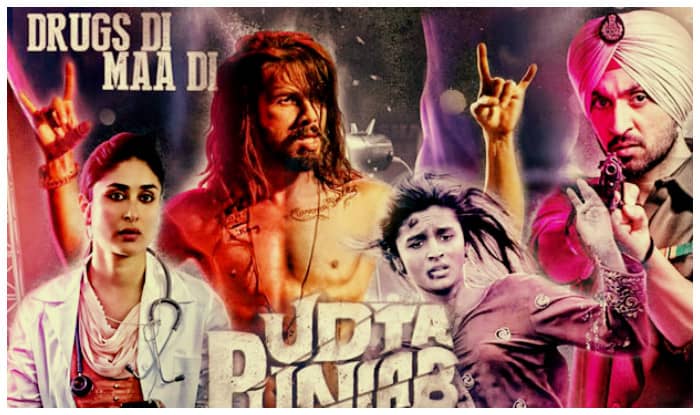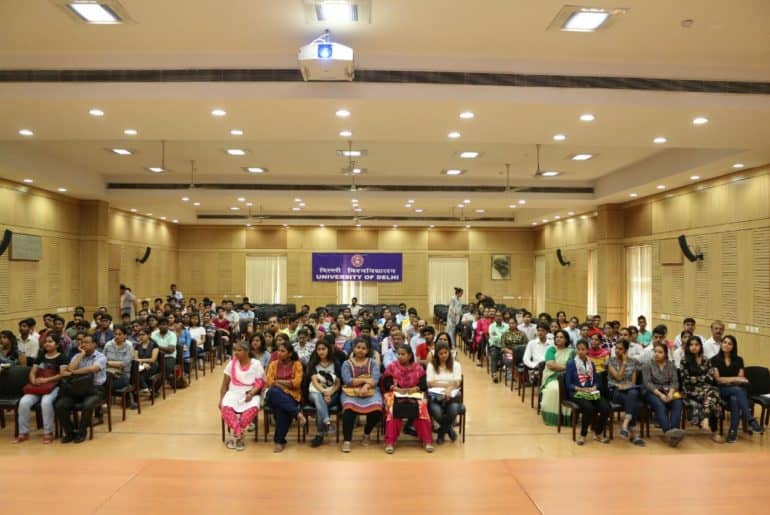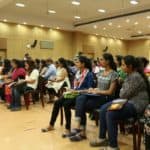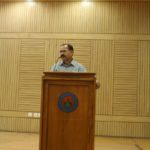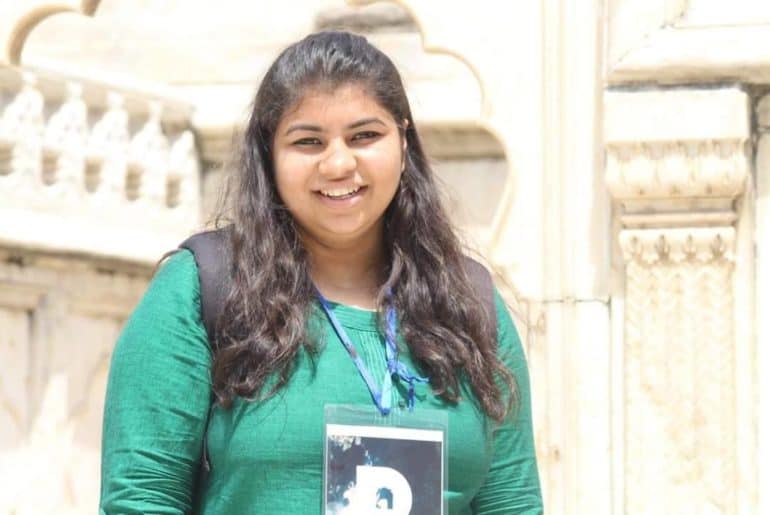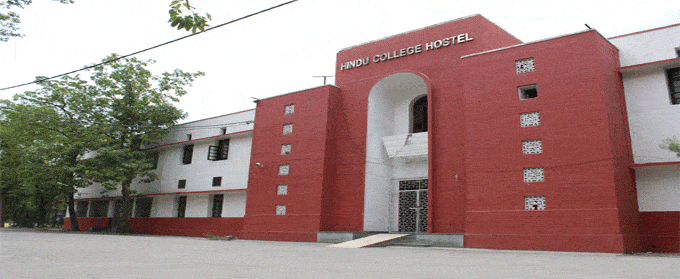I am not here to tell you why one should possess knowledge and awareness about the affairs of our society rather I am here to help you increase your awareness about a topic that is gaining much attention in the media these days, i.e. the proposed cuts in the movie Udta Punjab by our country’s Censor Board.
The Chief of the Censor Board, Pahlaj Nihalani is being criticised everyday for many different reasons. Some claim that his order for 89 cuts in the film and an instruction to delete all references to the state of Punjab, including the reference in the title, are driven by his political bias and pressure from the Bharatiya Janata Party (BJP). The controversy has led to political conflicts with Congress and AAP accusing the ruling Shiromani Akali Dal (SAD) and its partner BJP for influencing censor board’s decision.
People have also been furious with the state as it is yet again seen curbing the freedom of speech. The censor board chief has been called an “oligarch” and a “dictator” and living in India has been compared to living in North Korea. But, why are the people surprised? These debates about free speech have time and again re-surfaced in our country and have never been resolved. May it be the banning of documentaries, agitation over comedians organising roasts or mimicking celebrities, students being denied the freedom to speak their mind in a university campus, or books being censored, we, Indians, with the largest democracy, have seen it all. Hence, rather than being amused by the censoring of a movie, we should converge our focus on why it is being censored or ordered with demands of cuts. Everyone knows the movie is on the drug problem of Punjab but how many of us really know what exactly the drug problem is.
An Overview of the Drug Abuse in Punjab
The drug use- primarily the intake of opium — had been part of the social and cultural compass long before Punjab was partitioned and divided. Small doses of opium were considered healthy and necessary. But, soon the drug use changed into a drug abuse for various reasons.
There was a growing influence of the surrounding states on Punjab. For example, the state of Rajasthan, a neighbouring state, where opium was, and still is, served like paan in weddings, had an effect on Punjab’s culture.
The rise of the Green Revolution also aggravated the problem. Big farmers supplied opium and poppy husk to labourers “since it served like machine oil” and increased the productivity of the workers. Even the truck drivers, with the onset of Industrialisation, took to drugs as it helped them drive for longer hours.
There was also a change from poppy husk and opium to the lethal heroin or smack, and later synthetic drugs. Experts trace this to the heavy flow of heroin through the then unfenced border with Pakistan in the 1980s.
All these factors combined with the declining growth rates of the rural economy, the influx of migrants, the educated rural youth facing lack of jabs, and the culture of aspiration and expectation, which quickly swerves to depression when things don’t fall in place led to the citizens surrendering to this addiction.
The jeopardy the state is in and its consequences
Behind closed doors in the streets of Punjab, families are breaking down and friends are being lost to this menace.
The National Drug Dependence Treatment Centre (NDDTC) at the All India Institute of Medical Sciences along with the NGO Society for Promotion of Youth and Masses conducted a study on the drug problem of Punjab. The results were staggering and showed that from a population of approximately 2.77 crore (27.7 million) people, around 2.3 million people are opioid-dependent, around 860,000 people are estimated to be opioid users. More than 123,000 people are heroin-dependent.
Out of all the patients that come, 80 per cent of the patients brought to the centre have tried quitting drugs, but only 35 per cent have succeeded in getting some kind of treatment in deaddiction centres.
Doctors have claimed that husbands often get their wives hooked on drugs so that they are not prevented from consuming them and also, as this will lead to not hiding anything at home.
The other source of concern is the fear that increasing use of drug will lead to an HIV/AIDS epidemic. “Delhi is paying more attention to the use of injectables. Drug users in the capital are being given clean needles and syringes so that they can take drugs in a safer manner. The reason why this is being made available to drug users is so as to control HIV/AIDS. India has been applauded for this. The Punjab government needs to pay attention to this as a key step to control HIV” says Dr Atul Ambedkar of AIIMS, the principal author of the NDDTC study.
There are many more grave consequences of this addiction which is destroying the state and is not letting the citizens have a chance at a normal, healthy life. And this chance will be forever denied to them if the political class remains evasive and continues their denial. This denial also explains the hostility with which Udta Punjab is now being treated. So, what I propose is don’t be dependent on the mercy of the Censor Board. Empower yourself with knowledge and research more about this menace. This movie, if nothing else, should at least become a catalyst for the population of India to have a desire to not remain oblivious and become aware of the different problems of its different states.
Image Credits: www.india.com
Nishita Agarwal
[email protected]













